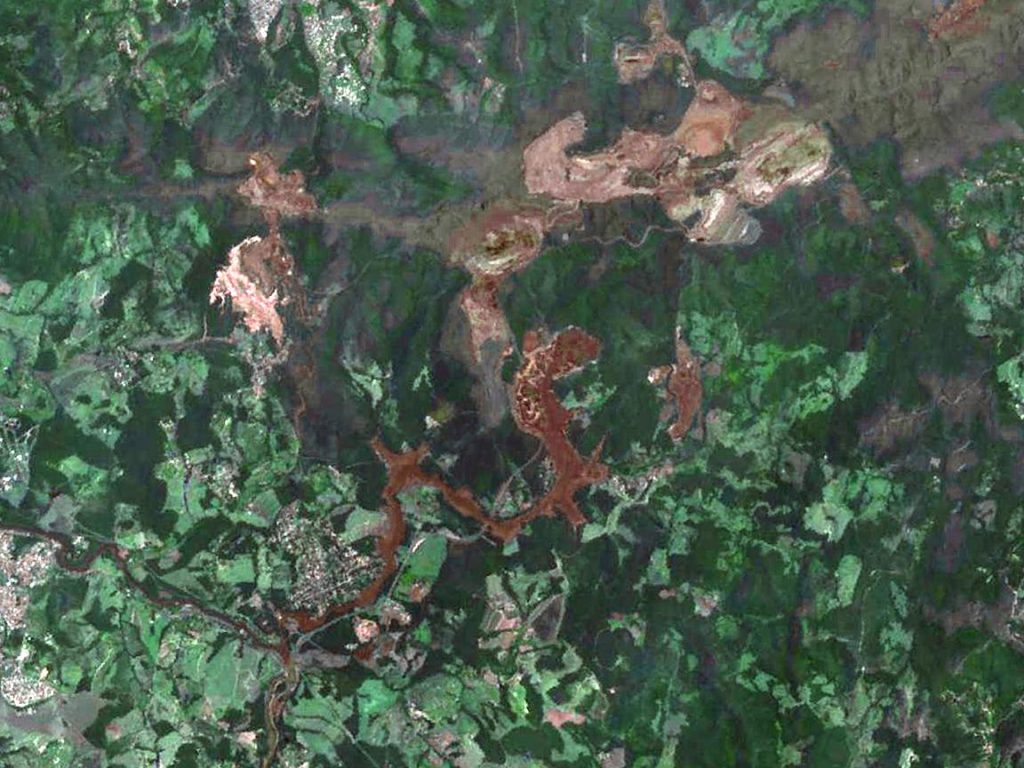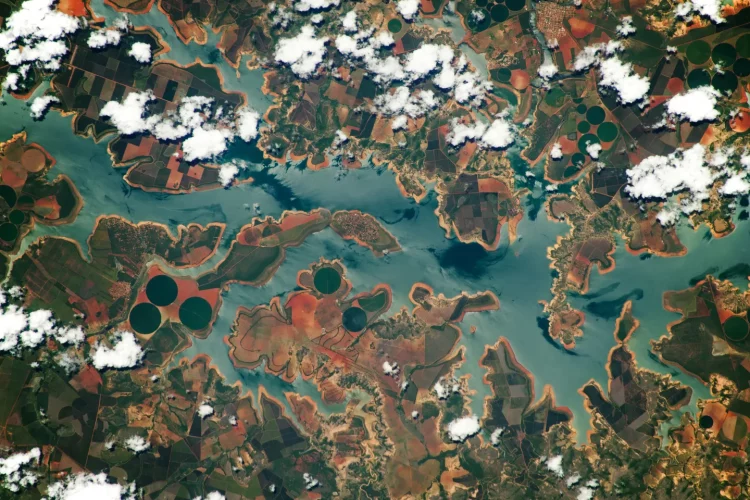Introduction
San Francisco, a city renowned for its iconic landmarks and rich cultural history, is also celebrated for its striking and diverse visual palette. The city’s unique blend of natural beauty, historical architecture, and vibrant street art creates a visual feast that reflects its dynamic spirit. From the shimmering hues of the Golden Gate Bridge to the colorful murals adorning the Mission District, San Francisco’s colors tell a story of innovation, culture, and community. This article explores the multifaceted nature of San Francisco’s colorful landscape, examining the interplay of natural and man-made elements that contribute to its visual identity.
The Iconic Colors of San Francisco’s Landmarks
San Francisco’s landmarks are not only architectural marvels but also vibrant symbols that add to the city’s colorful palette. The Golden Gate Bridge, with its striking International Orange hue, is perhaps the most recognizable of these landmarks. This color was specifically chosen for its visibility in foggy conditions, ensuring that the bridge remains a prominent feature in the often-overcast San Francisco Bay Area. The bold color contrasts vividly with the surrounding natural landscapes, making it a focal point of the city’s visual identity.
The city’s other landmarks, such as Alcatraz Island and the Ferry Building, also contribute to its colorful narrative. The Ferry Building, with its clock tower and bustling marketplace, features a classic design with warm earth tones that complement the city’s maritime heritage. Alcatraz, with its weathered walls and rugged exterior, presents a more subdued palette but remains an integral part of San Francisco’s historical and visual tapestry.
The Vibrant Street Art of the Mission District
One of the most colorful and dynamic aspects of San Francisco is found in the Mission District, an area renowned for its vibrant street art and murals. This neighborhood has become a canvas for local artists who use their work to express cultural, social, and political messages. The murals in the Mission District are not just decorative; they are powerful forms of storytelling that reflect the community’s diverse experiences and values.
The famous “Mission Murals” project, which began in the 1970s, has transformed the area into an open-air gallery. These murals depict a wide range of themes, from indigenous heritage and social justice to vibrant celebrations of Latinx culture. The “El Corazón” mural, for example, celebrates the strength and resilience of the local community, while the “MaestraPeace” mural pays tribute to the contributions of women in the arts.
Artists such as Mauro Garcia, who created the “El Viento” mural, have played a crucial role in shaping the visual landscape of the Mission District. Garcia’s work, characterized by its bright colors and intricate patterns, captures the spirit of the neighborhood and its rich cultural heritage. The evolving nature of these murals reflects the dynamic and ever-changing character of the community.
The Role of Natural Landscapes in San Francisco’s Palette
San Francisco’s natural landscapes also play a significant role in the city’s colorful palette. The city’s proximity to the Pacific Ocean provides a stunning backdrop of blues and greens, which are complemented by the varying shades of the fog that frequently rolls in from the bay. Golden Gate Park, with its lush greenery and diverse flora, adds a serene and natural touch to the urban environment.
The colors of San Francisco’s natural landscapes are not just visual; they also influence the city’s climate and weather patterns. The fog, which is a defining feature of the San Francisco Bay Area, creates a constantly shifting palette of grays and whites that contrasts with the city’s more vibrant hues. This interplay between natural and artificial colors contributes to the city’s unique visual character.
Cultural Influences on San Francisco’s Colorful Identity
San Francisco’s colorful identity is deeply influenced by its diverse cultural heritage. The city has long been a melting pot of different cultures and ethnicities, each contributing its own palette to the urban landscape. This cultural diversity is reflected in various aspects of the city’s visual environment, from its neighborhoods and festivals to its art and architecture.
The Chinatown district, one of the oldest and largest in the United States, is a vibrant example of this cultural influence. The district’s colorful storefronts, traditional lanterns, and festive decorations create a rich and immersive visual experience that celebrates Chinese culture and heritage. Similarly, the Japantown area features colorful murals and traditional architecture that reflect Japanese artistic and cultural traditions.
San Francisco’s cultural festivals, such as the Pride Parade and the Chinese New Year Parade, also contribute to the city’s colorful identity. These events feature a kaleidoscope of colors, from the rainbow flags of the Pride Parade to the red and gold decorations of the Chinese New Year celebrations. These vibrant displays are not only visually striking but also serve to unite the community and celebrate its diverse cultural heritage.
The Influence of Technology and Innovation on the City’s Palette
San Francisco, as a hub of technological innovation, has also seen its colorful palette influenced by the tech industry. The city’s tech-driven visual landscape includes digital art installations, illuminated skyscrapers, and interactive public spaces. The integration of technology into the urban environment has introduced new colors and patterns that reflect the city’s forward-thinking spirit.
One notable example is the Salesforce Tower, which features an LED light display that can change colors and patterns to reflect various themes and events. This dynamic lighting not only adds to the city’s visual diversity but also serves as a symbol of San Francisco’s technological prowess and creativity.
Public art projects, such as the “Bay Lights” installation on the Bay Bridge, further demonstrate the fusion of technology and art. This project uses LED lights to create a mesmerizing display that changes throughout the evening, offering a constantly evolving visual experience that enhances the city’s nighttime skyline.
The Impact of Color on San Francisco’s Residents
The colors of San Francisco have a profound impact on its residents, shaping their daily experiences and interactions with the city. The vibrant hues of the city’s murals and landmarks contribute to a sense of identity and pride among locals, while the natural colors of the landscape provide a calming and inspiring environment.
Research into color psychology suggests that colors can influence mood, behavior, and perception. In San Francisco, the bright and varied colors found throughout the city may contribute to a positive and energetic atmosphere. The colorful murals, lively street scenes, and scenic views all play a role in shaping the emotional and psychological experience of living in the city.
Community events and public art projects that celebrate the city’s colors also foster a sense of belonging and connection among residents. By engaging with the city’s visual landscape, locals can feel more connected to their community and more engaged with the city’s cultural and artistic expressions.

Preserving and Enhancing San Francisco’s Colorful Heritage
As San Francisco continues to evolve, preserving and enhancing its colorful heritage remains a priority. Efforts to maintain and restore historic landmarks, support local artists, and promote community engagement are essential for ensuring that the city’s vibrant palette endures for future generations.
Organizations such as the San Francisco Arts Commission and the Mission Cultural Center for Latino Arts play a vital role in supporting and promoting the city’s artistic and cultural initiatives. These organizations work to preserve historical artworks, support emerging artists, and engage the community in cultural events and activities.
Additionally, urban planning and development projects can help to preserve the city’s visual identity by incorporating colorful and culturally significant elements into new developments. By balancing modern growth with respect for the city’s artistic and historical heritage, San Francisco can continue to celebrate and enhance its colorful palette.
Conclusion
San Francisco’s colorful palette is a testament to the city’s rich history, diverse culture, and vibrant community. From the iconic hues of the Golden Gate Bridge to the dynamic street art of the Mission District, the city’s visual landscape is a reflection of its unique character and spirit. The interplay between natural and man-made colors, cultural influences, and technological innovations creates a multifaceted and ever-evolving visual experience.
As San Francisco moves forward, the preservation and enhancement of its colorful heritage will remain crucial. By celebrating and supporting the city’s artistic and cultural expressions, San Francisco can continue to inspire and captivate residents and visitors alike. The city’s colorful palette is more than just a visual spectacle; it is a living, breathing representation of the community’s creativity, resilience, and pride.


















































Discussion about this post